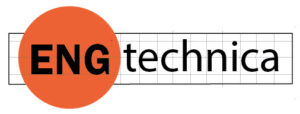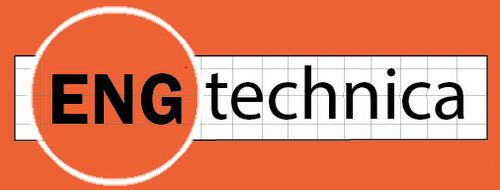
Rayon promises to be a drop-dead-easy program for creating floor plans. The website is pretty slick and modern, so I bite. And within minutes, floor plans are being created, with walls being made square and straight, doors and windows just popping in, no need for trimming and cutting, all sorts of furniture is on hand…
What’s not to like?
From the videos, Rayon seemed like a magic trick compared to industry standards I had previously used for making floor plans, namely SketchUp and AutoCAD.
Here was a program that was able to jump ahead of an established standard ( AutoCAD) and even what was considered to be the easiest-to-use CAD program in existence (SketchUp), and at the same time, be thoroughly modern (running on the cloud and in a browser, without the need of a download, capable of running on any device, anywhere). It seemed to be too easy.
Was it too good to be true?
We had to find out. Could those who need to have floor plans but do not want to either have to learn AutoCAD or pay for it have an answer with Rayon?
The answer is nuanced.
It’s easy enough to get started. As soon as you open an account, Rayon will be immediately available. Unless you try to use it on an iPad, as I did, believing it was device agnostic. That resulted in an odd display that was impossible to interact with. Perhaps it was a Safari problem. It led to a recursive email dialog without resolution. So we continue the story on a Windows computer, with which it was much better behaved.
A quick floor plan was easy enough to create room by room. Once the wall command is selected, you can create rooms one by one. As you are doing so, the dimensions are displayed. You can be approximate at this point with the confidence that they can be exactly specified later, as the slick demo has promised.
It is with joy that we see walls are added without the need for trimming, that they snap to being horizontal and vertical, and that they can infer, by selecting corners, what the endpoints need to be. In other words, a wall can line up with the opposite wall just by moving the cursor over the opposite corner.
To be continued.

